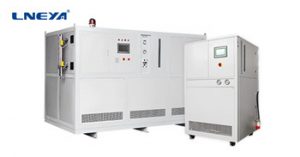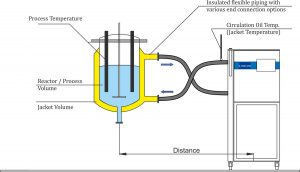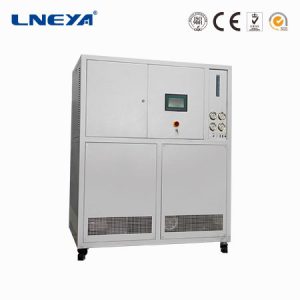극저온 냉각 대마초 산업의 진화하는 추출 방법, LNEYA
The extraction stage of cannabis processing is important for producing the best yield and compounds suitable for the desired application. For example, excess lipids, waxes, solvents and other components. On the other hand, formulations that require increased purity, such as products for evaporation and inhalation, may require the complete absence of trace amounts of extraction solvent or contaminating compounds.
Past extraction methods have been limited to organic extraction, plus temperature treatment, distillation and fractionation. In 2017, advanced extraction methods are increasingly used. The alkaline organic extraction process can include ethanol treatment and agitation prior to filtration and separation of the organic phase. The solution is then solvent removed by vacuum distillation or using a rotary evaporator or rotary evaporator. The heat treatment prior to extraction is used to drive the decarboxylation of cannabinoids to enrich the biologically active form of the compound. Cooling the extraction solvent and extraction solution helps to increase yield and prevent thermal decomposition or product loss.
This method has a history of separating relatively crude cannabis extracts for various uses. By using HPLC, TLC and other analytical methods, individual compounds can be further fractionated downstream – cannabinoids such as THC and CBD-pinene and flavonoids. A disadvantage of using these extraction methods for pharmaceutical or other sensitive applications is that residual solvents are typically present in the final product.
Another technique based on the same basic premise involves the use of supercritical carbon dioxide as the extraction solvent. The CO 2 is pressurized to its supercritical state and the resulting liquid is passed through a vessel containing the hemp material. After filtration, the CO 2 was removed by reducing the pressure to return it to the gas phase and the extract was solvent free. Advanced equipment may even include downstream fractionation components to further separate specific compounds.
Significant advantages of this method include a significant reduction in safety issues compared to volatile and flammable solvents, and no residual organic solvents and potential health effects. A great advantage of the supercritical carbon dioxide process involves the fact that the solvent can be reused and recycled through the unit. In fact, the impact of carbon dioxide on the environment is more subtle, and from a sustainable perspective, this is a superior approach.
As the industry develops and the scale of cannabis production expands, efficiency will become key. Extraction efficiency plays an important role in cannabis pipelines in terms of yield, material cost, production time, safety and sustainability.
LNEYA low temperature cooling refrigerator LN, LJ series, temperature range -60 ° C ~ -10 ° C, served as a temperature control role in the cannabis extraction process.
관련 권장 사항
-
고온 및 저온 냉각 순환기 설치에주의하십시오.
1358고온 및 저온 냉각 서큘레이터는 올바르게 설치해야만 더 잘 작동할 수 있습니다. 설치 과정에서 설치가 제자리에 있지 않으면 고온 및 저온 냉각 순환기가 특정 ...
세부 정보 보기 -
저온 냉각기는 금형 산업에 어떻게 적합할까요?
952특히 금형 산업에서 저온 냉각기의 사용이 비교적 광범위하다는 것은 누구나 알고 있습니다. 저온 냉각기를 사용하여 금형을 냉각하는 경우 일반적으로 금형은 사출 성형기와 함께 냉각됩니다. ...
세부 정보 보기 -
냉각 순환 시스템은 증류기에서 비응축성 테일 가스를 수집하는 데 사용됩니다.
1055대부분의 정류탑은 2단계 응축 방식입니다. 첫 번째 단계는 냉각수를 사용하여 주로 상단 증기를 응축하고 두 번째 단계는 냉각수 또는 에틸렌 글리콜을 사용하여 주로 테일 가스를 처리하고 소량을 제거하는 데 사용됩니다 ...
세부 정보 보기 -
Classification and Application of Industrial Water Chillers
1272In lots ofindustrial production processes, it is difficult to obtain high efficientindustrial production efficiency if there is no industrial water chiller toprovide a low temperature production environment. Therefore, industrial water chill...
세부 정보 보기
 LNEYA 산업용 냉각기 제조업체 공급 업체
LNEYA 산업용 냉각기 제조업체 공급 업체














